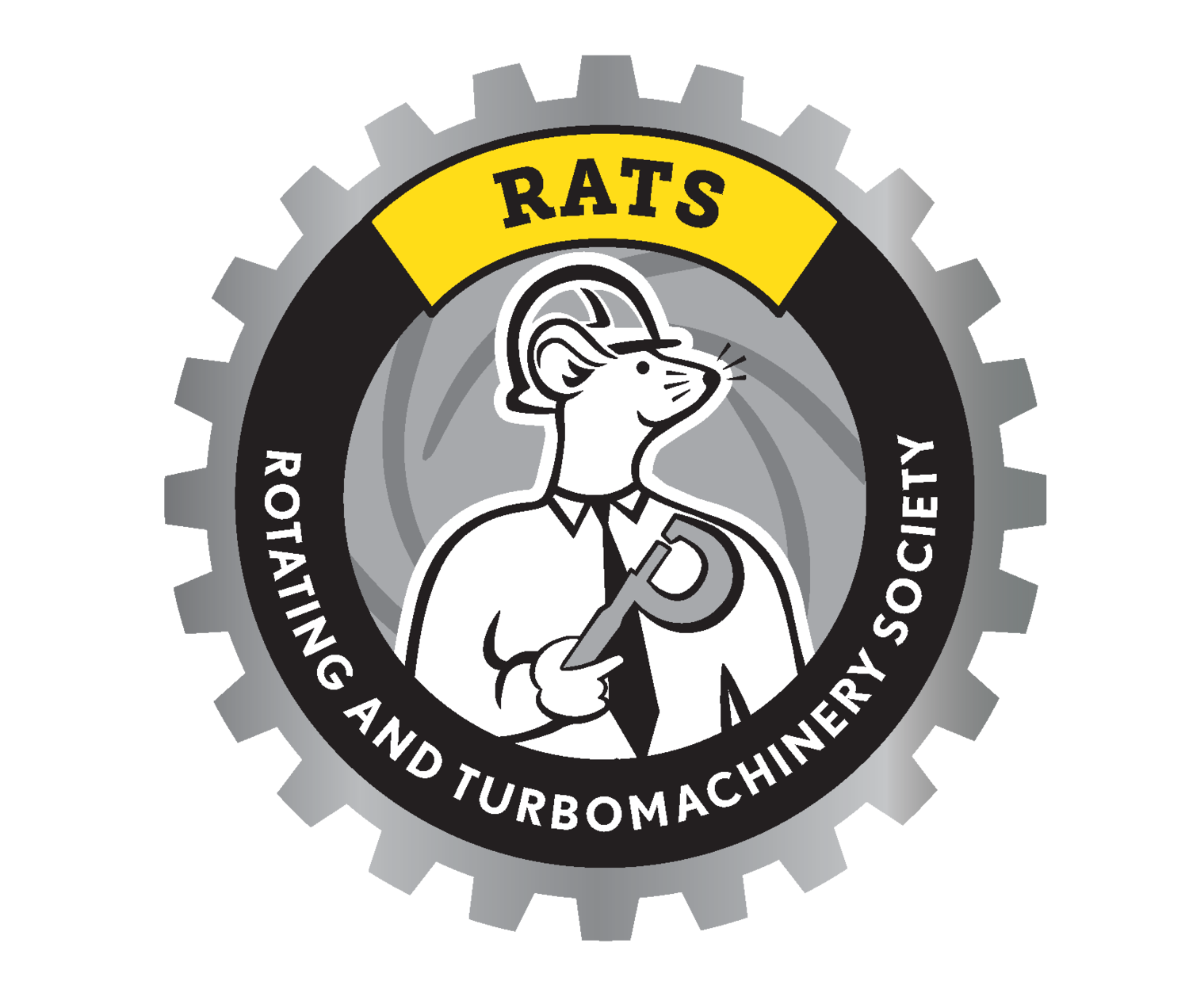Topic:
High Performance Pistons – Optimizing Run-time and Predicting Performance
Instructor(s):
-
John Ladd is the Engineering Manager at HOERBIGER Service Inc. based in Houston, TX. He supports the North America service branches providing repairs and upgrades on Reciprocating Compressors for the Oil & Gas and Chemical/Petrochemical industry. Prior to his current role he was a Solutions REE Engineering Specialist and Compressor Analyst at HOERBIGER Service Inc. John earned his Master's in mechanical engineering at Colorado State University with a focus on legacy integral pipeline compressors.
Details:
One (1) hour presentation, including up to 15 min. Q&A
Description:
Reliability and performance related issues of pistons and cylinder rings can be avoided in the vast majority of cases and the piston should not be the MTBF (Mean Time Before Failure) bottle neck. Even for some non-lube machines a piston layout can be designed that results in a five year uninterrupted run-time (as discussed in one of the cases in this paper). Piston performance and reliability is highly predictable. In most cases poor reliability of cylinder rings stems from incorrect application of particular ring designs, insufficient engineering or off-the-shelf methods.
A new design process has been developed to mitigate reliability bottle-necks on reciprocating compressor pistons. The first pistons that have been engineered using this process were installed 2015. This paper presents a general guideline for the design of high performance pistons and a case study that validates the methods applied. The main topics are:
The piston layout optimization process
The details of the changes from an existing to a new design.
Inspection of worn cylinder rings and quantifying the wear rate.
Comparison the measured wear rate to the prediction of the model that was used during the design and engineering phase
